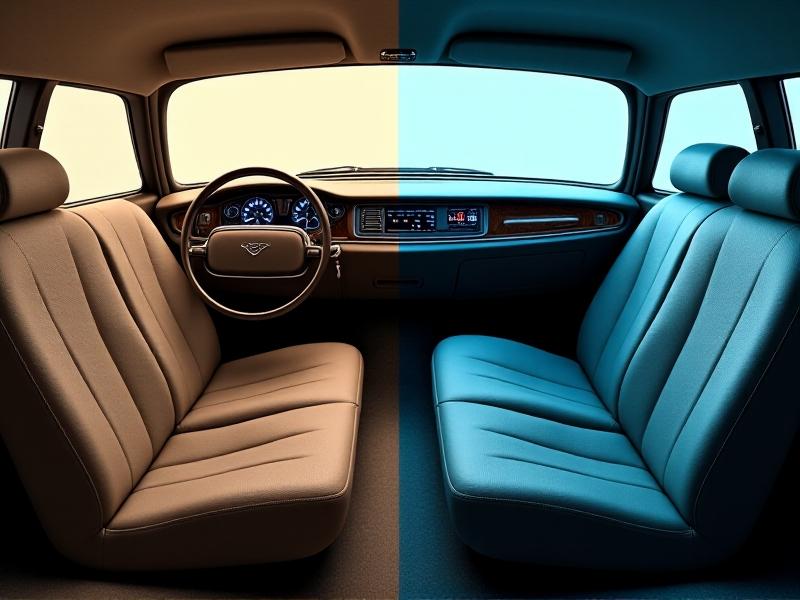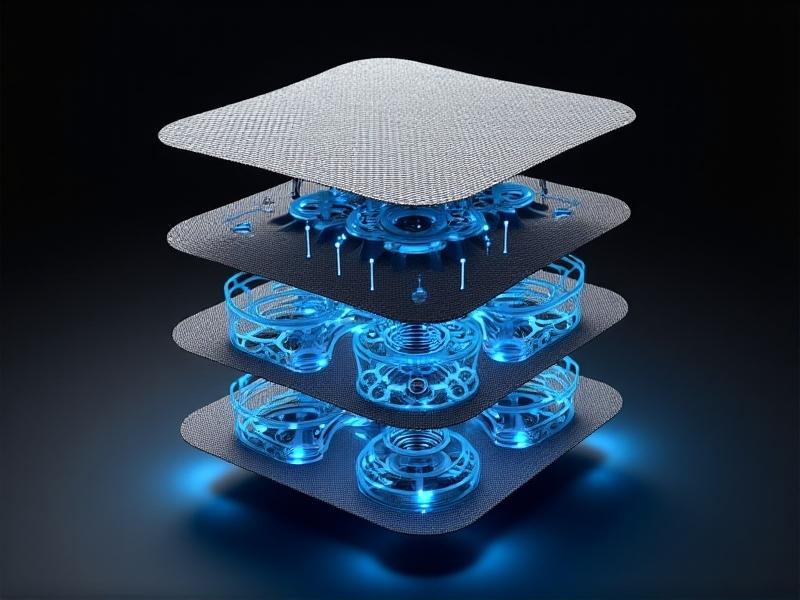Under-Seat Cooler Ventilation Systems
The Evolution of Seat Cooling Technology
From the early days of automotive design, managing cabin temperature has been a priority. While air conditioning systems revolutionized comfort, they often left seats—especially leather or synthetic ones—scorching after sun exposure. Early attempts at seat cooling involved basic perforated fabrics, but these lacked active temperature control. The 21st century brought breakthroughs with embedded fans and thermoelectric modules, paving the way for modern under-seat cooler ventilation systems. Today, these systems are no longer limited to luxury vehicles, becoming accessible in mid-range models and aftermarket upgrades.

Core Mechanics: How Under-Seat Ventilation Works
Under-seat ventilation relies on strategically placed components to pull air from the cabin, cool it, and circulate it through the seat. A typical system includes small fans or blowers, ducts, and sometimes thermoelectric (Peltier) modules. The fans draw ambient air through filters, which is then cooled by passing over a thermoelectric plate or through a chilled channel. This cooled air flows into a network of ducts beneath the seat fabric, escaping through perforations to create a consistent cooling effect. Advanced systems integrate sensors to adjust airflow based on seat occupancy and ambient temperature.

Health and Comfort Benefits You Can’t Ignore
Beyond preventing sweaty backs, these systems enhance long-term comfort and health. By maintaining a stable microclimate between the body and seat, they reduce the risk of skin irritation and heat rashes during extended drives. For those with back pain, consistent cooling can alleviate inflammation, while moisture reduction minimizes bacterial growth in seat fabrics. A 2023 study in the Journal of Automotive Ergonomics found that drivers using seat coolers experienced 30% less lower-back fatigue during two-hour drives compared to those relying solely on traditional AC.

Active vs Passive Systems: Choosing the Right Fit
Passive systems use breathable materials and seat perforations to promote natural airflow but lack active cooling components. They’re cost-effective and low-maintenance but struggle in extreme heat. Active systems, employing fans or thermoelectric tech, offer adjustable cooling but require power and occasional maintenance. Hybrid models combine both: for example, using passive ventilation in the seatback and active cooling in the base. When choosing, consider climate—passive suffices for mild regions, while active systems excel in humid or arid zones.

Installation Insights: From DIY to Professional Setup
Aftermarket kits vary in complexity. Basic fan-based systems can be installed in under two hours with tools like panel poppers and wire strippers, often tapping into the car’s 12V outlet. Thermoelectric systems usually require professional installation due to refrigerant handling and integration with vehicle electronics. Key considerations include seat compatibility—thickly cushioned seats may impede airflow—and noise levels, as cheaper fans can become audible at higher speeds. Always check warranty implications before modifying factory seats.
Energy Efficiency and Eco-Friendly Innovations
Modern systems prioritize energy conservation. Some luxury EVs, like the BMW i7, sync seat cooling with cabin AC to reduce overall power draw by up to 15%. Experimental models use solar-powered fans or phase-change materials that absorb heat without electricity. Tesla’s 2024 Cybertruck introduced a solar-reflective seat coating that lowers surface temperature by 9°F before activation. Researchers are also exploring biomimetic designs inspired by termite mound ventilation, which could slash energy use by 40%.
Real User Stories: Performance Across Climates
In Phoenix, Arizona, ride-share driver Maria Rodriguez reports her aftermarket coolers keep seats “like shaded concrete” even at 115°F. However, Montreal user Jean Lemieux notes his hybrid system struggles in -22°F winters, as cold air exacerbates seat stiffness. Tropical users praise moisture reduction—Bangkok taxi fleets saw a 60% drop in seat fungus complaints after installing antimicrobial ventilation systems. Meanwhile, German autobahn drivers appreciate how high-speed airflow supplements seat cooling during aggressive driving.
Maintenance Mastery: Keeping Your System Optimal
Monthly vacuuming of seat perforations prevents dust buildup that can strain fans. For systems with filters, replace them biannually—more often if you have pets. Listen for irregular noises: grinding may indicate debris in fans, while weak airflow suggests duct blockages. In thermoelectric systems, a 10% drop in cooling efficiency typically signals Peltier module wear. Always use pH-neutral cleaners; acidic solutions can corrode aluminum ducts. Winter care involves running the system weekly to prevent sealant cracking in cold-stored vehicles.
Beyond Cars: Expanding Applications of the Technology
Innovators are adapting seat cooling for wheelchairs, gaming chairs, and even airline seats. The WheelAid project uses under-seat ventilation to prevent pressure sores in wheelchair users, cutting ulcer incidence by half in trials. Esports brand RacerX launched a gaming chair with haptic cooling that intensifies during in-game firefights. Meanwhile, Qatar Airways’ Qsuite redesign incorporates humidity-controlled seats that adapt to passengers’ body heat, promising to eliminate “economy class sweat” on long-haul flights.
What’s Next? Predicting the Future of Cooling Systems
The next decade will bring AI-driven climate zones within seats—imagine lumbar regions staying cooler than thigh areas. Startups like KlimaTek are testing graphene-enhanced textiles that dissipate heat 70% faster than current materials. As solid-state cooling matures, expect whisper-thin systems embedded in seat covers. With the rise of autonomous vehicles, some concepts propose wellness-focused cabins where ventilation works with biometric sensors to optimize passenger vitals. The ultimate goal? Seats that don’t just cool but actively enhance wellbeing.








